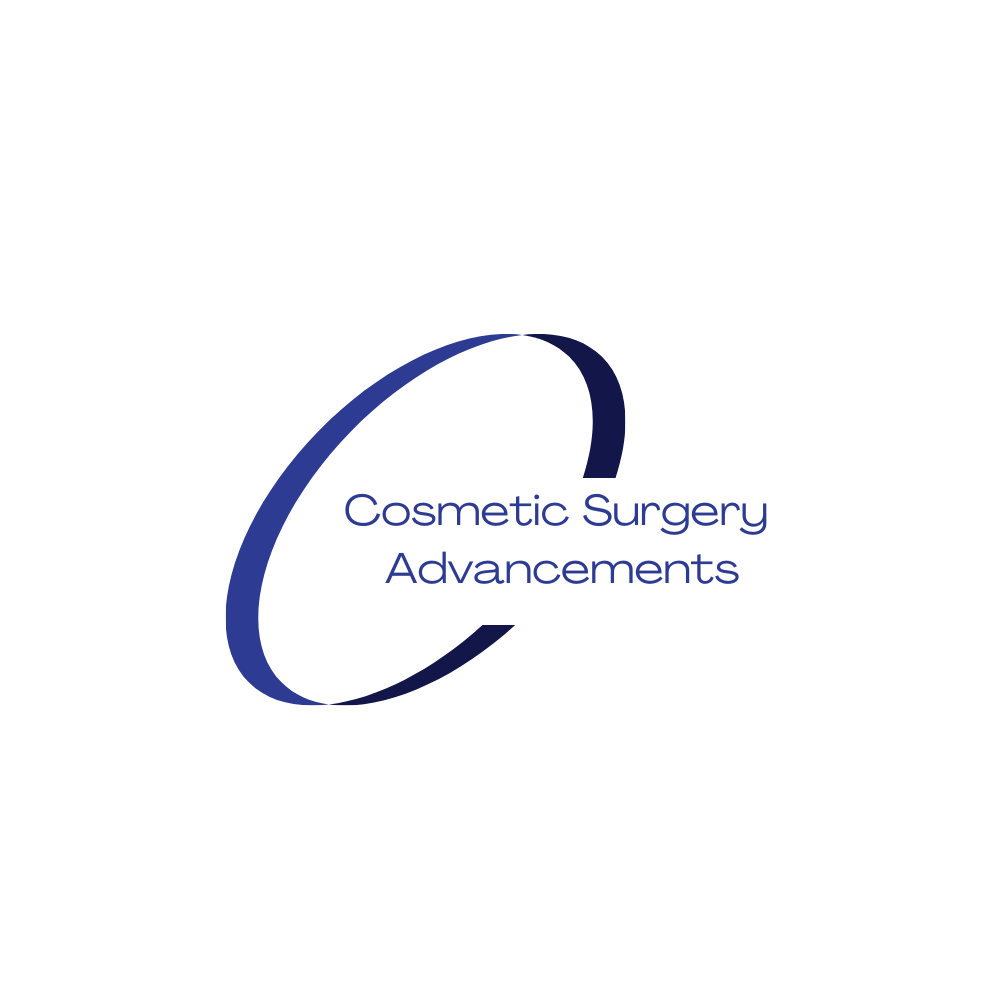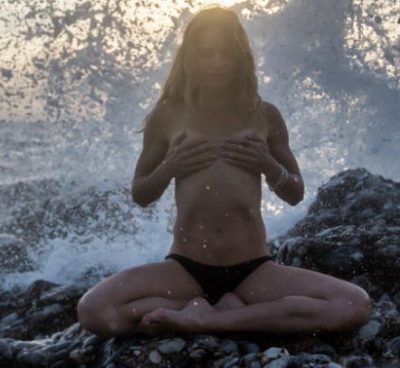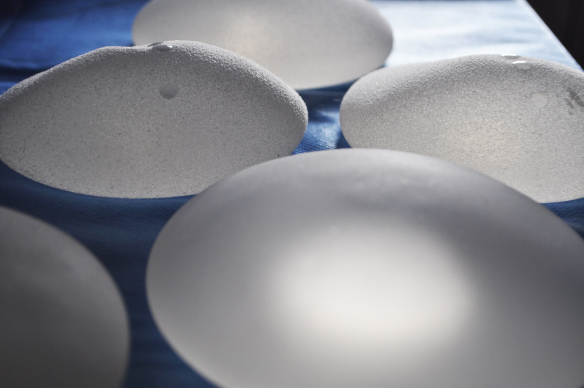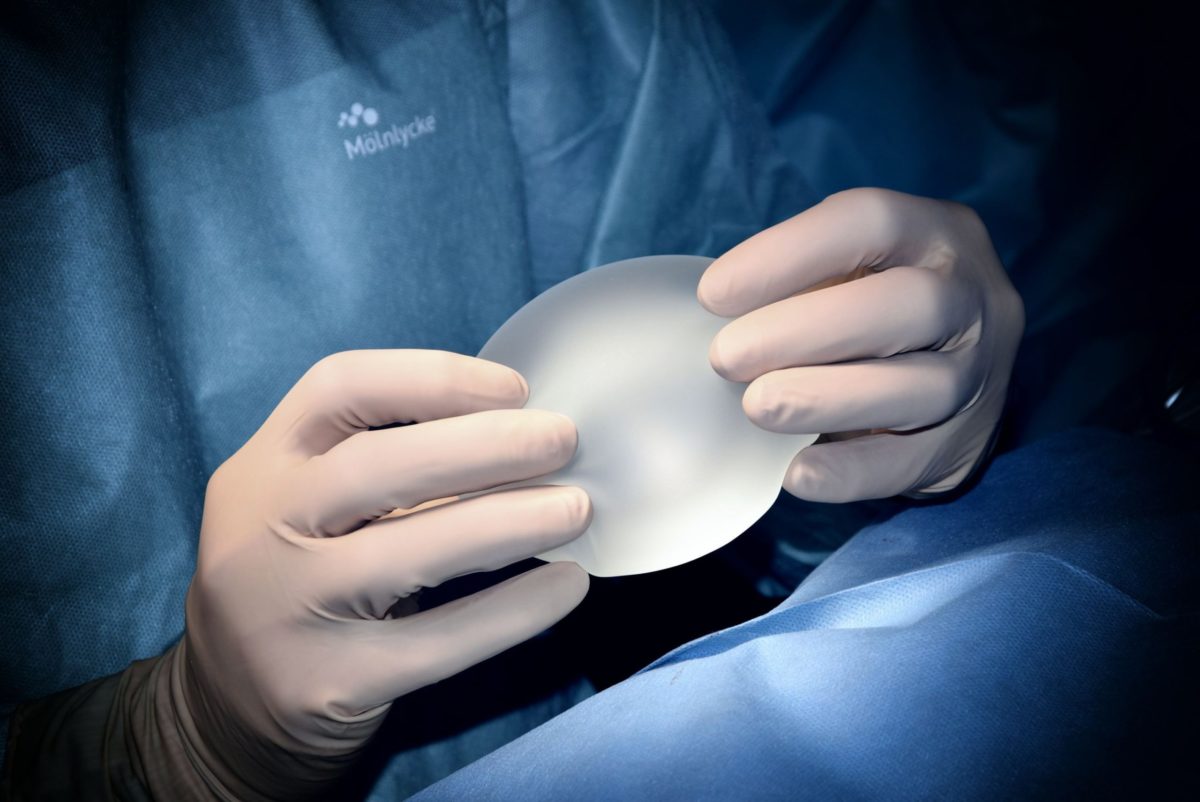Aesthetic nipple surgery
Aesthetic nipple surgery can be done for various reasons to:
- Reduce the size of the areola.
- Make the areola’s more symmetrical.
- Make the areola’s sit higher up on the breast.
Correction of inverted nipples.
Nipple augmentation to increase the projection of the nipples.
Nipple reduction surgery for large nipples.
All procedures have a relatively short, recovery period when performed under a local anaesthetic.
They can also be combined with additional breast surgery, procedures such as a breast lift, breast augmentation, or breast reduction surgery.
Reduction of Areola
A circular incision is made along the border of your existing areola and a doughnut-shaped piece of tissue is removed to make the areola smaller or more symmetrical.
A permanent suture will hold your areola in position inside your breast. The incision will be closed with removable or dissolvable stitches although some surgeons choose to use permanent sutures.
Inverted Nipple Correction
Inverted nipples are normally nothing to be concerned about, however, if you suddenly develop nipple inversion you should go to your GP.
Grade 1 and 2 inverted nipples can be corrected effectively.
Grade 1 – A nipple or nipples that can easily be everted manually or spontaneously evert when stimulated.
Grade 2 – A nipple or nipples that are difficult to evert manually and do not remain everted for very long.
Inverted Nipple Correction with Partial Preservation of Milk Ducts
A circular incision is made along the border of your existing areola and a doughnut-shaped piece of tissue may also be removed to make the areola smaller or more symmetrical if desired.
The nipple and areola tissue remains attached to the breast and is stitched into a new, projecting shape.
A permanent suture will hold your areola in position inside your breast.
The incision will be closed with removable or dissolvable stitches although some surgeons choose to use permanent sutures.
Inverted Nipple Correction with Detached Milk Ducts
An incision is made at the nipple base, and the shortened milk ducts are detached.
The incision will be closed with removable or dissolvable stitches although some surgeons choose to use permanent sutures.
Nipple Augmentation to increase the projection of the nipples
Hyaluronic acid fillers can be injected into the nipples, to enhance size and projection, this should always be carried out by a plastic surgeon.
Nipple Reduction for Enlarged Nipples
Techniques
- AmputationWedge resection.
- Flap techniques
- Circumcision.
The procedure’s to reduce the height of the nipple.
Circumcision of hypertrophic nipples
The surgeon will make a circumferential incision line on your nipple, one to delineate the perimeter of the new base and another circumferential incision line around the existing nipple base.
The skin is then dissected and excised, between these two lines and the incisions closed with interrupted or continuous sutures. all ductal elements and the tip is preserved.
Modified circumcision method
A circumferential incision line is drawn at the base of the nipple is made and the skin is then dissected and excised, and the incisions closed with interrupted or continuous sutures.
This method may be favoured as it will provide better concealment of scars.
Amputation method
The top of the nipple is excised to reduce nipple height. A horizontal incision line is made through the distal portion of the nipple in the nonerect state to remove the predetermined nipple height. Postoperative dressings of nonstick gauze with antibacterial ointment are then applied, to aid the healing process and prevent infection.
The procedure’s to reduce the height and diameter of the nipple.
Wedge resection
Two circumferential incision lines are drawn on your nipple, one to delineate the perimeter of the new base and another circumferential incision line around the existing nipple base.
To reduce the diameter of the nipple excision lines are drawn from the top to the sidewall of nipple up to the new desired baseline of the nipple.
One or two wedge excisions may be required to get the desired diameter.
Modification of wedge resection
This procedure involves incising the base of the nipple at the junction with the areola and then making a vertical incision through the nipple thereby removing the inferior half. The nipple is closed over by folding the superior half onto the denuded half of the nipple base, thereby reducing projection but maintaining the circumference.
The milk ducts are cut during this procedure, preventing breastfeeding.
Triple-flap reduction
Three symmetrical triangular flaps are created in a “Y” fashion and excision is made of the core of the nipple.
This procedure should preserve erectile function and sensitivity.
A windmill flap procedure
Three crescent-shaped incision lines are drawn from the top of the sidewall of the nipple, extending to the areola.
This procedure reduces both the diameter and height of the nipple with minimal tissue manipulation and preserves the lactiferous ducts, however, scars are visible.
The Top Hat principle
A crescent-shaped section of skin below the neonipple is excised.
Stromal tissue, including the lactiferous ducts, is trimmed to reduce height and width.
Subcutaneous flaps are sutured with interrupted or continuous sutures.
All Procedures
Risks
- With any procedure, there is always a risk of infection which could lead to necrosis (tissue death) and the need for further surgery.
- Necrosis (tissue death) may lead to the loss of the nipple(s).
- Temporary loss of sensation is normal during the healing process, this should return as the swelling subsides.
- Keloid Scarring can happen when any incision heals, there are ways to treat keloid scars although sometimes revision surgery may be required.
- Altering the size or shape of the areola and/or nipple may damage the milk ducts which could prevent breastfeeding.
- The scar around your new areola may take up to one year to completely heal, you may then opt for laser treatments or other methods to make it finer, lighter and flatter if needed.
- Inverted nipples may revert after inverted nipple correction procedures.
Call your consultant immediately if you experience any of the following symptoms
- High temperature, shivering or shaking.
- Increased redness or inflammation.
- Increased, intense pain.
- Discharge from your incision.
- If any of the stitches are torn or you notice any gaps in the incision.




